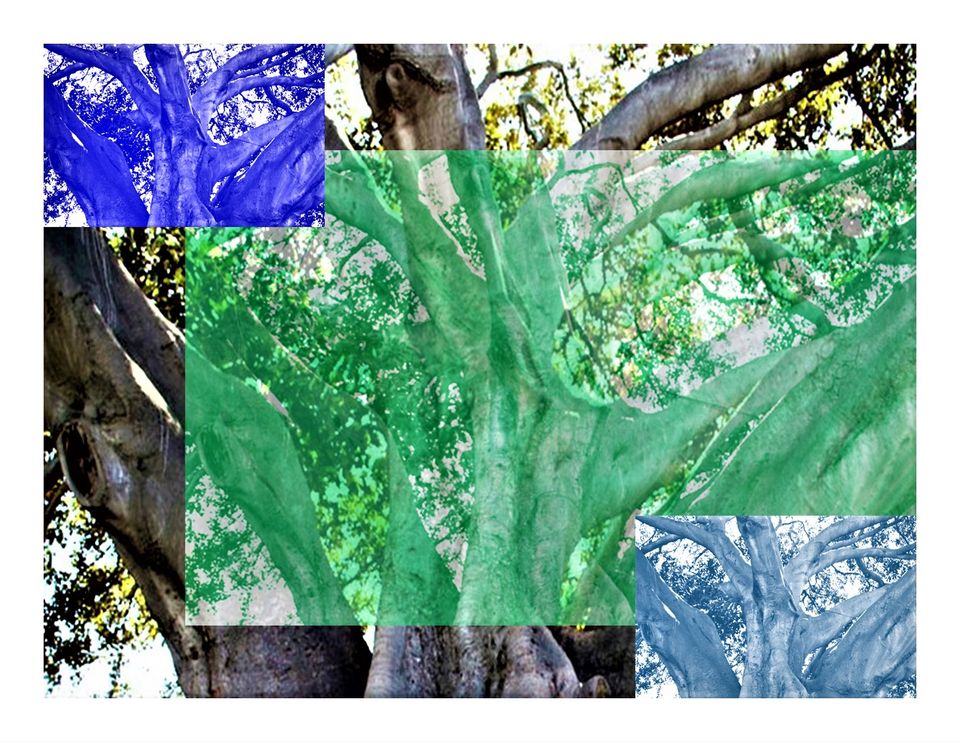On the Death of a Moreton Bay Fig Tree

Originally Published in Otis Nebula Magazine, Summer, 2019
In previous years, the specimen had stood as a beacon in our local park, hinting at a rich arboreal past. Planted early in the twentieth century, it thrived in the inhospitable soil of the region, gradually being granted the protection of a modest chain link fence. However, as time passed, a fateful decision was made to prune the tree — in the extreme — according to the wisdom of an unnamed administrator. Sadly, with its limbs unduly compromised by chainsaws and confused policies, our tree died. From there, it succumbed to the advance of weeds and was eventually removed. Bearing witness to the loss, its sheltering fence remains in place to this day, irrelevant now that the immense canopy and vast, exterior roots of the Moreton Bay fig tree have vanished.
That an expression of nature, once so imposing and beloved, could disappear due to an oversight from caretakers is, at once, prosaic and extraordinary. Perhaps someone believed, quite mistakenly, that the tree’s massive limbs should be subdued. Was there simply too much shade in the park? As I recall, its leaves were lush and thick, its roots healthy and protected by the fence, a boundary that reminded visitors to remain at a respectful distance. Oversights of maintenance in city parks are ordinary. And, yet, the loss of a tree once so valued by the community is a singular event, not to be dismissed. Since the time of its planting, children have grown up, had their own families, grown old and passed away, all as the shade of the fig tree flourished. Perhaps a great tree is a reminder; we pass away quickly, but grander things endure, at least until the wrong people take hold of them.
Today, tufts of wild grass push through the once purposeful fence, creating the odd impression that we have designated “weeds” as a neighborhood monument. As time passes, the number of people who remember the tree, and its once compelling presence, will dwindle and eventually fade away. And the fence, now a non-sequitur, has become its own conversation piece, a testimony to the overall decay of urban parks. In no small measure, the death of this Moreton Bay fig reminds us to consider the larger issues at hand, not least the fact that green spaces have become homesteads for those who cannot find shelter, and hunting grounds for those who prey on the unwary. That a splendid tree perished in such a climate is, in the end, no small wonder. And what about the future?
Although trees are routinely planted, the years and care required to grow a towering Moreton Bay fig are certainly not guaranteed. The emergence of a new specimen, even slightly reminiscent of the old, will be painstaking, a process measured in the length of decades rather than the brevity of changing seasons. If another Moreton Bay fig manages to thrive on the grand scale of its predecessor, it will likewise witness the passing of generations, and grow in the face of new challenges. For the moment, however, the flourishing of wild grass, in all its haphazard persistence, is the legacy of our once magnificent tree.